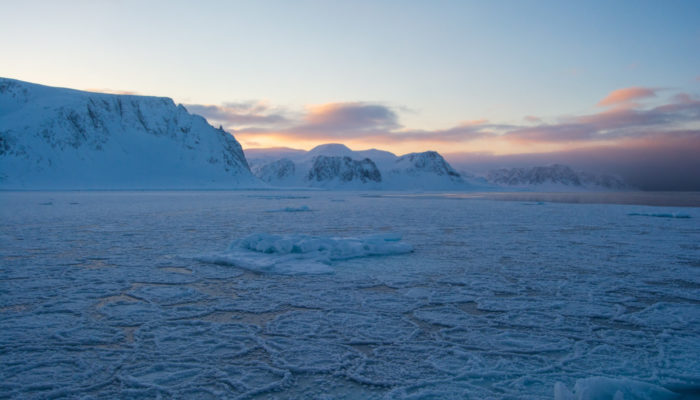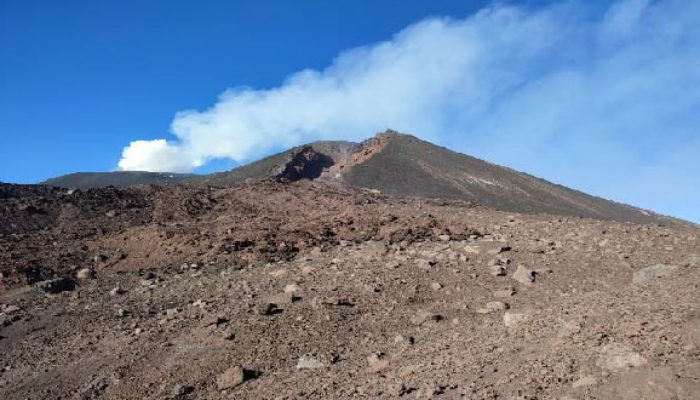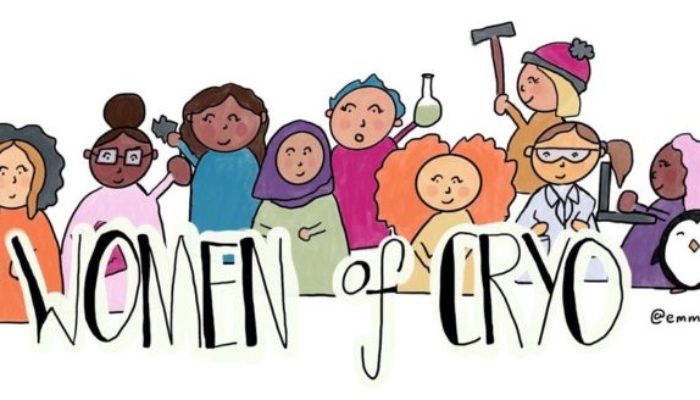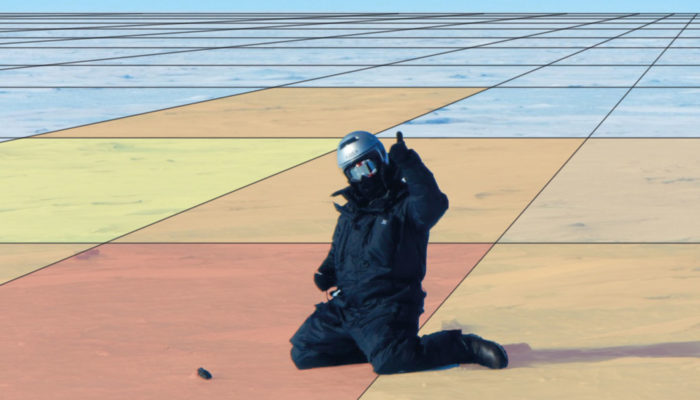More pancakes in the future – that sounds like a very good New Year’s Eve resolution for Sunday brunches, but it could also be a development of the most tasty looking sea ice shape in the Arctic. Let’s find out more! Arctic Sea Ice The growth and melt of Arctic sea ice follows a seasonal cycle. In the springtime, under the midnight sun, the sea ice begins to melt until it reaches its m ...[Read More]
Geochemistry, Mineralogy, Petrology & Volcanology
Volcanoes and social media make us (more?) crazy
Many people are drawn to danger and behaviors that can harm their health or finances. Dangerous activities include the attraction that humans have always had towards natural events, such as volcanic eruptions, or towards gambling, adventure, challenging travels or physical activities without the ability or the necessary preparation. In today’s life many people face risks, however these risks ...[Read More]
Geodynamics
Making software available: open source licenses
When you are writing some code for your upcoming paper, you may want (or need) to make the code available. Just making it available to see somewhere doesn’t automatically make it open source software though. In this post I will provide you, based on my experience of having to choose a license, a brief introduction on what the difference is, why your code needs a license and what license may ...[Read More]
Cryospheric Sciences
Women of Cryo VI: Women and Glaciers in the Chilean Andes (Part II)
In Chile, gender imbalance in science mirrors the international context, even though the Americas have been recognised as a region where women’s representation in science has increased, compared to other countries (UNESCO 2015 statistics and this study). However, Chile still has one of the lowest ratios of women participating in STEM (33.1%), followed by Mexico and Peru, as shown in this study. In ...[Read More]
Geodynamics
Join in our Mag-netZ !
For better or for worse, online seminars have stealthily become part of our routine. This week, Daniele Thallner from the University of Florida, “attracts” our attention to a seminar series on geomagnetism and geodynamo modeling — Mag-netZ! The 2022 season of the MagNetZ seminar series is live! The MagNetZ (Magnetic NetworkZ) online seminar series was started in early 2020 to serve as ...[Read More]
Cryospheric Sciences
Highlighted Paper – Meteorites in Antarctica
A Belgian-Dutch team of scientists created the first-ever “treasure map” that shows where in Antarctica meteorites are likely to be found. Meteorites are samples from space that fall as stone-like material on the surface of the Earth. Once recovered, meteorites provide crucial information on the formation and evolution of our Solar System. First meteorite finds in Antarctica December 1969, Yamato ...[Read More]
Geodynamics
The Sassy Scientist – Seminar Yoga
Chairing conference sessions, organising social events, writing on the EGU blog site: extra-curricular activities can help rounding up our scientific and academic identity. But let’s face it, they take up time and they can be stressful. Seynabou has been (surely very democratically, as it always happens) appointed as group meetings organiser but finds herself in high waters: Help!? I am in charge ...[Read More]
Tectonics and Structural Geology
Features from the Field: Snow illuminates fault zones
This guest post was contributed by Afroz Shah who is an Assistant Professor of Structural Geology at the Department of Geosciences, Universiti of Brunei Darussalam (UBD). He has completed Ph.D at James Cook University, Australia in 2010, post-doctorate at Earth Observatory of Singapore in 2013 and joined the first academic job as a Senior Lecture of Structural Geology at Curtin Sarawak, Miri, Mala ...[Read More]
Geodynamics
Become the next EGU GD Science Officer!
The Geodynamics division at the European Geosciences Union is looking for two new Science Officers to join the EGU GD Programme Group. Come join us and help shape the future of EGU conferences! What is a Science Officer and what do they do? Science officers work together to design an exciting, diverse, broad, and inclusive geodynamics programme for the next EGU conference Serve as editors and/or r ...[Read More]
Hydrological Sciences
Hydrology and UNESCO: from science to practice and policy
Water is the essence of the career of many researchers working in hydrology across the five systems of Earth (geosphere, biosphere, cryosphere, hydrosphere, and atmosphere). When you step into a ‘career journey’ in hydrological sciences, you just love water and anything related to it. It can range from analysing water samples from headwater catchments in the tropical Andes to building a deep learn ...[Read More]










